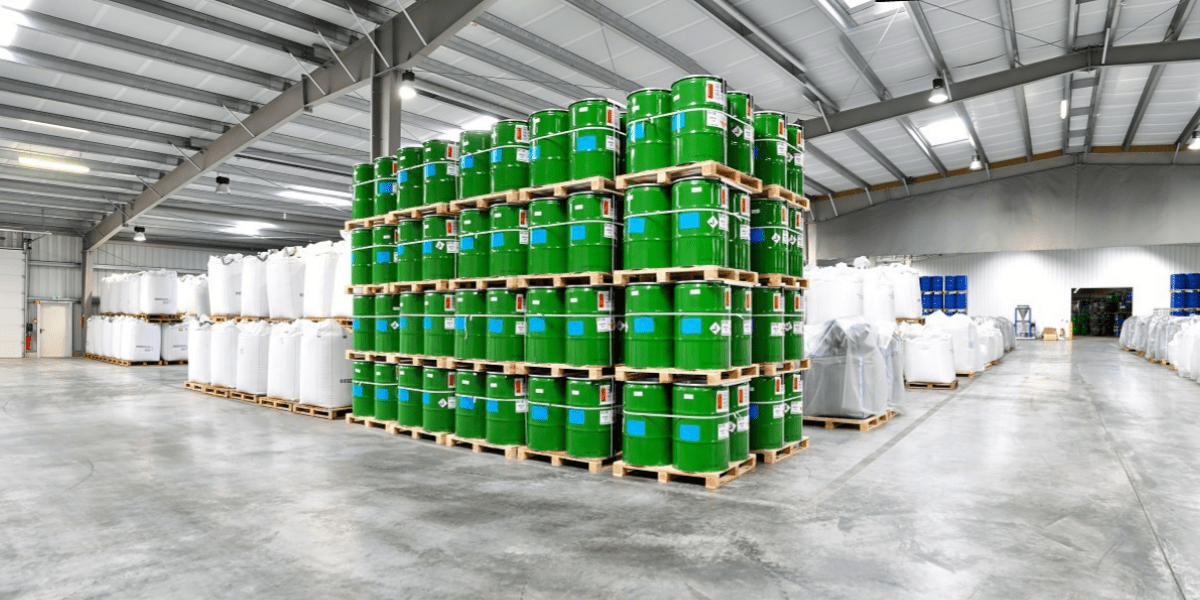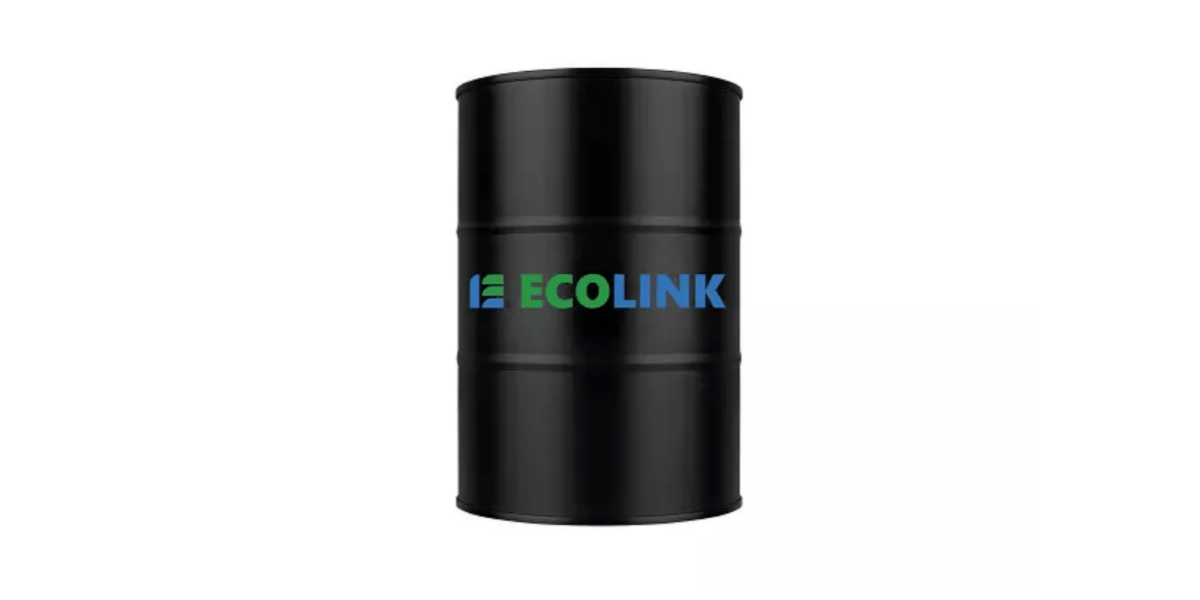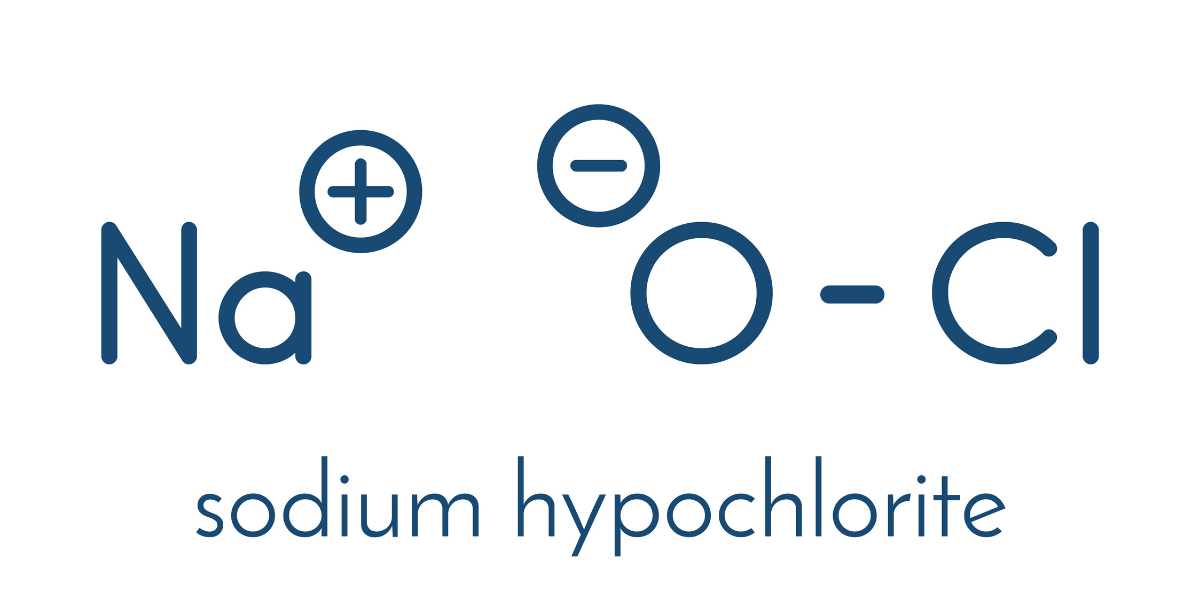Paint thinner is a versatile solvent with multiple uses and applications. The applications for paint thinners vary, from diluting to various paints....
Blog


CHEMICAL INDUSTRY NEWS
Chemical Chat – Discover What’s New!
Industrial Solvent Suppliers
Reliable industrial solvent suppliers are major assets to many different industries that use solvents like acetone, MEK, alcohol, chemical...
Industrial Grade Acetone
What is important to look for in an industrial grade acetone supplier? Industrial grade acetone is used in a variety of applications including the...
What Is Sodium Hypochlorite?
What is sodium hypochlorite? Sodium hypochlorite is a compound solution made up of chlorine and sodium hydroxide that...
Industrial Solvent Suppliers
Reliable industrial solvent suppliers are major assets to many different industries that use solvents like acetone,...
Company News

Managed Services
Discover the Latest in Safe and Sustainable Chemical Solutions
Stay informed with Ecolink’s blog! Subscribe now
Chemical Management Information
Stay updated with us
Sign Up for the Latest Updates
Stay informed about chemical supply chain disruptions and emerging innovations to keep your business at the forefront of efficiency and innovation. Uncover new ways to make your business practices more sustainable by incorporating safer products into your cleaning lineup.


























